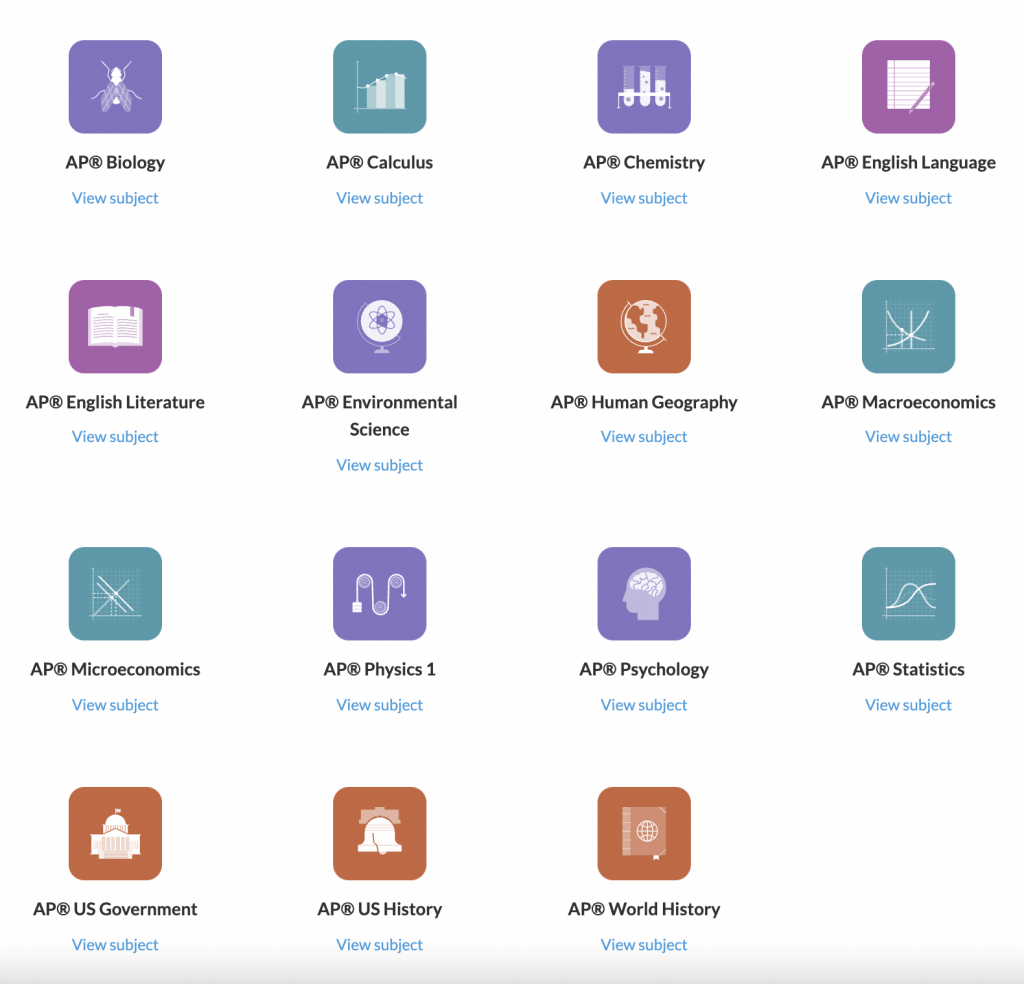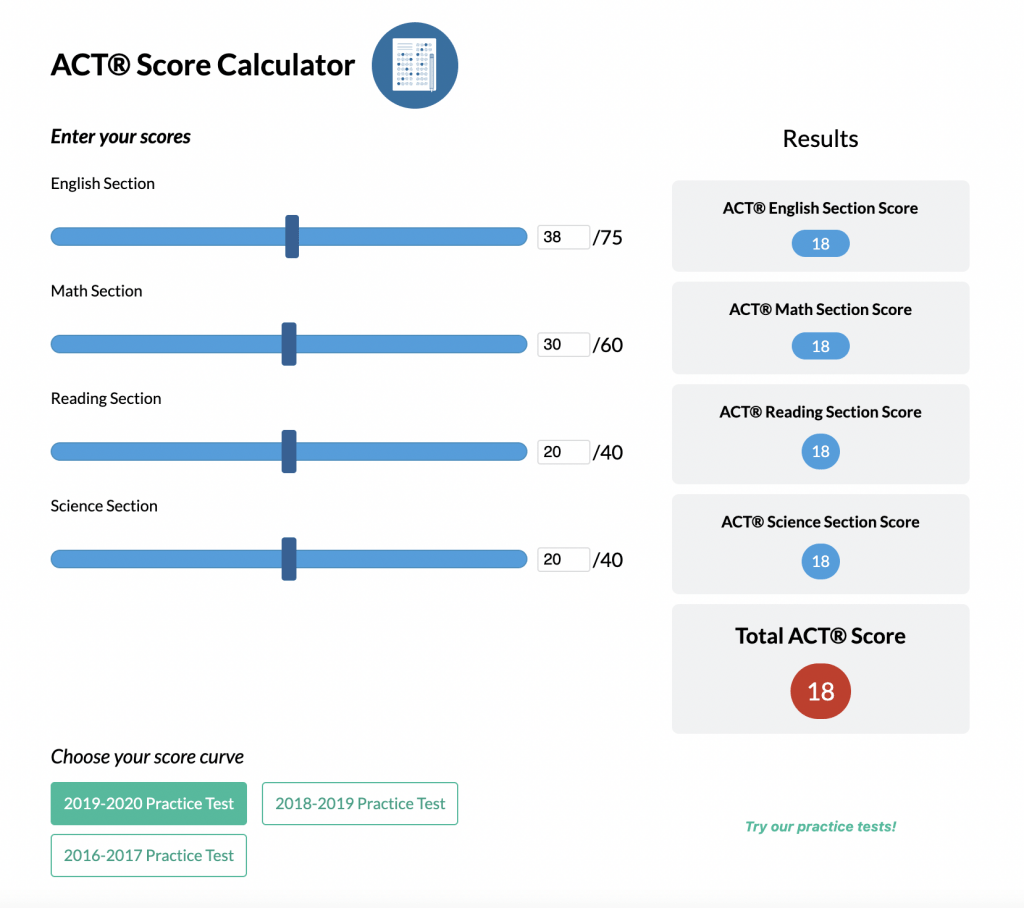What We Review
The Regions of British Colonies (1607–1754): A Clear Study Guide
Understanding the regions of the British colonies is a key part of AP® US History. From 1607 to 1754, the thirteen British colonies developed in different ways depending on their geography, environment, and the people who lived there. These differences shaped their economies, societies, and governments. Knowing these details helps explain how early America grew and why it became so diverse.
Geographic and Environmental Factors Shaping the Colonies
Geography and environment played a major role in how the British colonies developed. Each region had its own climate, natural resources, and access to waterways.
- New England had rocky soil and a cold climate, making large-scale farming difficult.
- The Middle Colonies had fertile soil and moderate weather, which was good for growing grains.
- The Southern Colonies had warm weather, long growing seasons, and rich soil, perfect for large farms.
These differences led each colonial region to develop its own economy and society.
How Geography and Labor Shaped the Chesapeake Colonies
In the Chesapeake region—including Virginia and Maryland—the warm climate and fertile soil were ideal for growing profitable cash crops. This agricultural potential drove the development of large plantations and had lasting effects on the region’s economy and society.
- Early settlers focused on crops that grew well in the region’s conditions and could be sold in European markets.
- These plantations required extensive land and a steady labor force to clear fields, plant, and harvest.
Labor Systems in the Chesapeake and North Carolina
To meet labor demands, colonists first relied on indentured servants—European workers who agreed to labor for several years in exchange for passage to the Americas. Over time, this system shifted.
- As fewer servants arrived and the demand for labor increased, colonists turned to enslaved Africans, who provided permanent, hereditary labor.
- By the 1700s, slavery had become the dominant labor system in the region.
Economic and Social Effects
The success of plantation agriculture created sharp social divisions and concentrated power in the hands of a wealthy few.
- Elite landowners controlled most of the land and held significant influence over local governments.
- Society became stratified, with a small upper class, a modest population of small farmers and laborers, and a large, enslaved underclass with no rights or freedom.
Check Your Understanding
What became the main labor source in the Chesapeake colonies by the 1700s?
- Colonists gradually replaced indentured servants with enslaved Africans as labor needs expanded and slavery became more entrenched.
Key Vocabulary
Enslaved Africans: People forced into lifelong labor without freedom or compensation.
Indentured Servants: Workers who exchanged labor for a passage to the colonies.
Plantation Agriculture: Large-scale farming focused on export crops.
The New England Colonies
Puritans seeking religious freedom and community stability mainly settled New England (Massachusetts, Connecticut, Rhode Island, and New Hampshire).. Towns formed the center of life, with small family farms surrounding them.

Mixed Economy and Community Life
- The economy mixed farming with fishing, shipbuilding, and trade.
- Town meetings allowed many colonists to vote on local issues, making government more participatory.
New England Town Development
New England towns were shaped by geography, religion, and a strong sense of community. The Puritans, who settled much of the region, valued close-knit societies centered around shared beliefs and cooperation.
- Towns were often established for religious purposes, with meetinghouses at the center of community life.
- Families built small farms, relying on subsistence agriculture rather than large-scale cash crops due to the region’s rocky soil and short growing season.
- Economic activities focused on fishing, shipbuilding, and trade along the coast.
- Town meetings gave landowning men the opportunity to gather, debate, and vote on local issues—an early form of self-government.
Check Your Understanding
How did town meetings influence government in New England?
- Allowed colonists to directly participate in decision-making.
- Community members elected local officials and representatives to colonial legislatures.
- Helped promote a tradition of local democracy and civic engagement that would influence future American political practices.
Key Vocab: Puritans, town meetings, mixed economy
The Middle Colonies
The Middle Colonies (New York, New Jersey, Pennsylvania, Delaware) were known for their diversity and thriving agriculture. These colonies attracted many European immigrants—Dutch, Germans, Scots-Irish, English—and allowed more religious tolerance.
Diverse Economy and Society
- Farmers grew cereal crops like wheat, corn, and barley, which grew well in fertile soil.
- Cities like Philadelphia and New York became busy trade centers.
Example: Diversity in Pennsylvania
Diversity in Pennsylvania
Pennsylvania became one of the most diverse and tolerant colonies in British North America. Founded by William Penn as a haven for Quakers, the colony welcomed people from various backgrounds.
- Religious freedom attracted groups such as Quakers, Germans, Dutch, Scots-Irish, and others.
- Multiple languages, faiths, and customs coexisted, creating a multicultural society.
- Tolerance and inclusion were encouraged by colonial laws and Penn’s founding vision.
- The colony’s diversity supported a strong economy based on trade, farming, and craftsmanship, with cooperation among different communities.
Check Your Understanding
What made the Middle Colonies, like Pennsylvania, more tolerant than other regions?
- Settlers came from across Europe for both religious and economic reasons.
- Laws protected freedom of worship and allowed different groups to thrive.
- The mix of cultures and beliefs encouraged a more open and accepting society compared to the stricter religious or class-based systems in other colonies.
Key Vocab: cereal crops, religious tolerance, cultural diversity
The Southern Atlantic Coast and British West Indies
In the southern Atlantic coast (South Carolina, Georgia) and the British West Indies (Caribbean islands), plantation agriculture was the main feature. Rice, indigo, and sugar were grown thanks to hot climates and long growing seasons.
Plantation Economy and Enslaved Labor
- Large plantations required lots of workers.
- Planters relied heavily on enslaved Africans, who often made up the majority of the population.
- Enslaved people developed cultural autonomy, keeping African traditions and forming new communities.
A Plantation’s Social Hierarchy in the Southern Colonies
Southern plantations were large agricultural estates focused on cash crops like rice, indigo, and sugar. These plantations became the center of life in many southern colonies and developed clear social divisions.
Within these systems, enslaved people preserved aspects of African culture, including music, oral traditions, food practices, and religious beliefs.
Wealthy landowners, or planters, held most of the land, wealth, and political power.
They relied heavily on enslaved Africans to perform the intense labor required for large-scale farming.
Plantations functioned almost like self-contained communities, with labor, production, and social order managed by the landowning class.
Check Your Understanding
How did enslaved Africans shape southern colonial society?
- Enslaved Africans were forced to perform brutal, unpaid labor that made large-scale plantation agriculture possible.
- Despite the violence, family separation, and inhumane conditions they endured, many preserved and adapted African cultural practices, influencing southern society through language, music, food, and spiritual traditions.
- The institution of slavery enriched white landowners and helped build the southern economy, while also establishing a rigid, racially based social hierarchy rooted in exploitation and oppression.
Self-Government and Political Structures in the Colonies
Distance from Britain and weak supervision meant many colonies developed self-government. While all regions had elected colonial legislatures, who could participate and how power was shared differed.
Different Approaches to Politics
- In New England, town meetings and broad voting rights made politics more democratic.
- In the South, wealthy planters controlled government and assemblies.
Comparing Political Life in Massachusetts and Virginia
Colonial governments varied significantly between regions. In New England, especially Massachusetts, political life centered on town meetings, where many landowning men could speak, vote, and help shape local laws. This system encouraged widespread participation and a sense of community-based decision-making.
In contrast, Virginia’s political system was more hierarchical. The House of Burgesses, one of the earliest colonial legislatures, was largely controlled by wealthy planters. Political power in the South tended to concentrate in the hands of a small, elite class.
Key Differences
- Massachusetts:
- Town meetings promoted self-government and participatory democracy.
- A broader group of landowners could vote on local matters.
- Virginia:
- Governance was dominated by a wealthy planter elite.
- Fewer colonists had a voice in political decisions.
Check Your Understanding
What made New England’s political system different from the South’s?
- More landowners in New England could take part in local government through town meetings, leading to broader civic involvement.
- In the South, political power was more exclusive, controlled by a small number of wealthy individuals.
Key Vocabulary
Participatory Democracy: A system in which many members of a community are involved in making decisions.
Self-Government: Rule by the people, often through local councils or assemblies.
Colonial Legislatures: Law-making bodies in the colonies, such as the House of Burgesses.
Quick Reference Chart: Essential Vocabulary and Definitions
| Term | Definition |
| Indentured Servants | Workers who agreed to work for a certain number of years in exchange for passage to America |
| Tobacco Economy | An economic system relying largely on tobacco cultivation and export |
| Puritans | Religious group seeking to purify the Church of England, settling mainly in New England |
| Town Meetings | Local gatherings where colonists discussed and voted on community issues |
| Cereal Crops | Grains like wheat and barley grown primarily in the middle colonies |
| Religious Tolerance | Acceptance of different religious beliefs |
| Plantation Economy | Large-scale farming system focused on cash crops, often using enslaved labor |
| Enslaved Africans | Africans captured and forced into lifelong servitude in the colonies |
| Self-Government | Colonists’ ability to govern themselves independently from direct British control |
| Colonial Legislatures | Elected law-making bodies in the colonies |
Conclusion
Regional differences in the British colonies were shaped by geography, environment, and the people who settled there. These factors influenced their economies, societies, and governments. Understanding the unique characteristics of each region—Chesapeake, New England, Middle, and Southern colonies—helps explain early American diversity and conflict. Linking how environment, economy, and politics fit together is key for AP® US History success. Use this structured guide and vocabulary list to prepare for questions about colonial regions and their lasting impact.
Sharpen Your Skills for AP® US History
Are you preparing for the AP® US History test? We’ve got you covered! Try our review articles designed to help you confidently tackle real-world AP® US History problems. You’ll find everything you need to succeed, from quick tips to detailed strategies. Start exploring now!
- AP® US History: 2.4 Review
- AP® US History: 2.5 Review
- AP® US History: 2.6 Review
Need help preparing for your AP® US History exam?
Albert has hundreds of AP® US History practice questions, free response, and full-length practice tests to try out.








